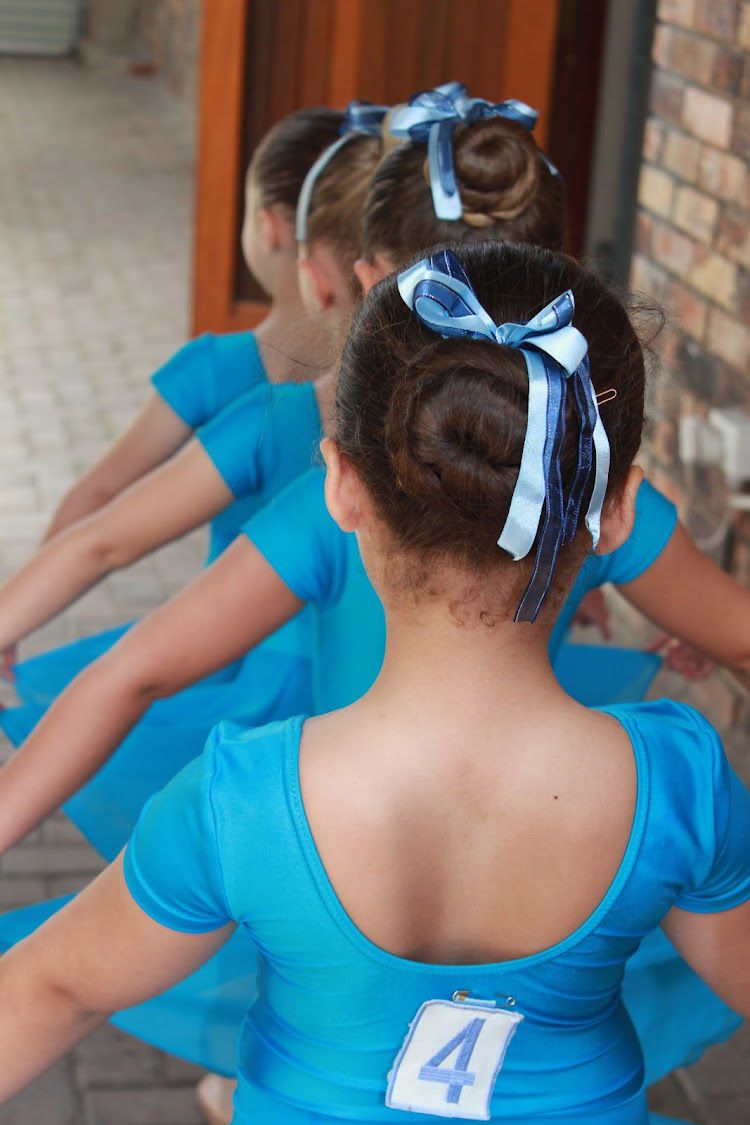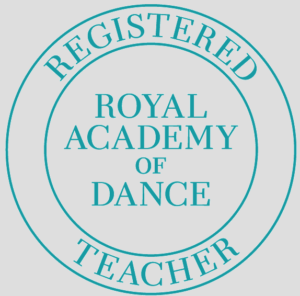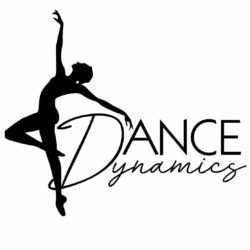
If you are wondering if it is worth it to let your child take his or her dance exams, the answer is yes, as there are just so many benefits to allowing your child to partake.

So Why Do We Do Exams Or Tests?
Just like doing exams and tests in school, it is also important to work towards exams in your extra circulars for the following reasons:
- To receive recognition for hard work
- To have a goal to work towards
- To attain your personal best
- To learn and achieve in a safe and fun environment
The benefits to students themselves are priceless:
- Teaches children about goal setting
- Provides a sense of accomplishment
- Provides an incentive to work harder
- Instills the importance of technical training in dance (no it’s not all about the tricks)
- Provides an opportunity to enhance performance quality alongside technical training.
- Get certification, because if you successfully pass the examination you hold certification for that level.
- Allows students to know exactly what level they are working at from an internationally recognized syllabus.
There are also numerous benefits to the parents:
- Because examining bodies have strict standards, you can be assured your child’s teacher is conforming to the rules and providing your child with safe and effective dance training.
- Examinations provide parents with a third-party assessment of their dancer’s progress and dance training.
- Assures parents that their children are being coached by qualified teachers.
With most dance forms, the syllabus for each level is designed specifically for enhancing the dancer’s development at a safe pace in order to prevent injuries and to form proper dance technique.
Forcing flexibility and/or strength components before the dancer’s body is ready is known to cause long-term effects.
There are a number of contributing factors to consider such as maturity level, comprehension capabilities, attention span, motor skills, and coordination.
Dancers who move up before they are ready to risk delays with progression, which can turn a positive experience into a negative one. We aim to focus on each student’s growth by ensuring proper placement with a positive experience.
After taking an examination, the candidate will receive a copy of the examiner’s comments and marks and a certificate and medal as a symbol of their accomplishment.
Dancers progressing through each exam level and into the higher grades will be eligible to complete their Teaching Certificate which will provide them with teacher qualifications.
Dance Exams are an excellent way for the dancer to be guided through a set syllabus which provides them a goal to work towards and the building blocks necessary to achieve that goal.
Exam work allows the dancer to delve deeper into the world of dance and provides accountability for their training.
Exams instill improved physical training, goal setting, and discipline as well as confidence in oneself.
 Let’s look at the above points more closely:
Let’s look at the above points more closely:
Improved Physical Training
In the realm of dance, exams have emerged as a paramount tool for dancers to advance their skills and manifest their artistic flair. These assessments allow dancers to not only refine their technique but also elevate their expressive prowess.
By allotting more training hours, dancers can avail themselves of invaluable opportunities to swiftly implement corrections, deepen their grasp of technical intricacies, and amplify their flexibility, core strength, and power. Hence, when devoted attention is invested in the classroom, the tangible outcomes will undoubtedly illuminate their own success.
Dancing, beyond being a splendid form of artistic expression, transcends into the realm of physical training. Through dance exams, dancers are furnished with the means to hone their physical attributes while elevating their technique. These assessments provide a precious platform through which dancers can meticulously finesse their movements and augment their overall physical capacity.
Additionally, the key to progress lies in the dedication to training. By allocating more hours to dance practice, dancers can forge a path toward exponential growth. The surplus training hours offer a multitude of advantages, including the ability to promptly integrate corrections into their performance.
This heightened responsiveness not only optimizes their technical prowess but also safeguards against any potential setbacks. Moreover, an increased understanding of their technique affords dancers the ability to grasp the nuances of every movement with greater acuity, resulting in a refined and polished execution.
Furthermore, investing in more training hours embodies an investment in one’s physicality. Choreographed sequences often necessitate demanding physical exertion, and enhancing flexibility and core strength becomes indispensable. By dedicating additional time to dance training, dancers can proactively refine these physical aspects and fortify their bodies, ensuring they are capable of meeting the demands of any routine with unwavering resilience.
Accountability
Exams progress students through a goal-setting syllabus of strong technical dancing alongside artistic expression and dance syllabuses are constantly updated in order to offer the most current and up-to-date standers for the dance genre being worked on. This allows students to not just receive the best foundation for their dance technique, but will also allow them to always be on trend in an ever-changing dance world.
By using a good syllabus, you know that your dancing is being graded against an international standard of dance technique rather than the teacher’s personal likes or dislikes. this removes a lot of the subjectivity that can appear in other dance events such as festivals and competitions.
Goal Setting
It is so gratifying for both the teacher and the pupil when the dancers master their goal. Dance exams allow the dancer to make a clearly defined goal for themselves within their training.
A set syllabus enables the use of all of the primary foundations of technique to guide the dancer into their goal without injury. or delay.
By setting clearly defined and measurable goals, dancers will be soaring through their dance exams.
Respect & Discipline
Dancers attend class twice or more a week and should have a proper dress code, always arrive on time, and always with a smile on their faces. Exam dancers have a deep respect for their chosen genre of study, for the teachers, and for themselves.
They come to class with a ‘can-do’ attitude and work outside of the studio to perfect their technique and study their theory for the following lesson.
A sense of responsibility is also evoked within the young dance students, to be in control of something for themselves, something that they understand they can do and are very capable of, and the outcome is totally dependent on them.
Confidence
Children who do dance exams gain a greater sense of confidence and determination not only in their dance training but in their personal lives as well. Dance Exams allow dancers the opportunity to learn how to speak to strangers (outside examiners) and present themselves in a professional manner. These skills will come in handy when it is time for a job or university interview for the dancer.
Dance exams also highlight to your dancer the importance of showing up and putting the work in. It is not possible to just ‘wing’ a dance exam. Dancers must put their time in, in order to be adequately prepared for their examination.
Partaking in a dance exam will give you a good sense of where the dancer is technically and where they still need to improve.
Conclusion

Everything in life has a standard, a bar, or a grading system.
The majority of us excel in life when goals and challenges are put in front of us.
Through dancing from an early age and participating in exam sessions, we are able to learn this life process and find our coping skills.
More importantly, we develop ways of coping with many other challenges that also come our way.
As the dance lessons get increasingly more difficult in ability level, we as dancers are therefore improving and the dance exam assures us of that.
In conclusion, dance exams bear immense significance in the development of dancers, both in terms of technique and artistic expression.
By embracing the concept of dancing for improved physical training and dedicating more hours to practice, dancers can unlock a realm of boundless possibilities.
The commitment to refining technique, nurturing physical attributes, and investing in prolonged training paves the way for remarkable growth and extraordinary achievements. Through devotion and diligence, dancers embolden themselves to create mesmerizing performances that capture the essence of their art.
Think about it this way, school is all about the mind, sport is all about the body, whereas dance incorporates the mind, body, musicality as well as artistry.



